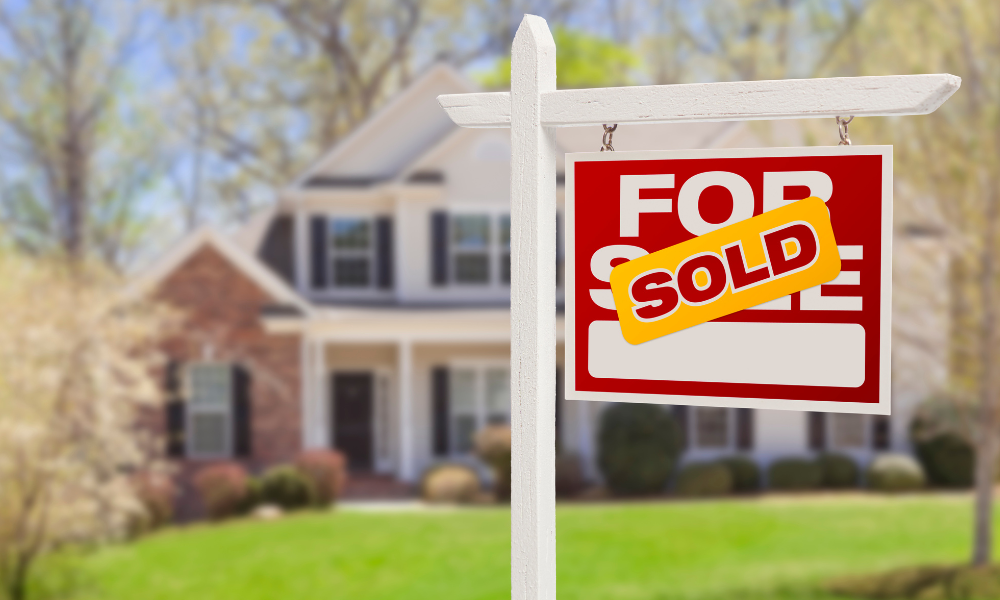The Short Answer
The MAO formula is used by real estate investors to determine the Maximum Allowable Offer that they should make on an investment property. It factors in the After-Repair Value (ARV), renovation costs, fixed costs and the investor’s target profit. Investors typically use this formula to determine the maximum offer that they should make on a property that will allow them to retain their desired profit from the deal.
Jump To
MAO Definition
The Maximum Allowable Offer (MAO) in real estate refers to the highest price that a real estate investor can pay for a property, and still earn a profit once it’s sold or leased. The equation used to determine MAO for investors factors in repair costs, desired profit margin and the market conditions. The MAO is a key component of any real estate investor’s strategy, in order to make informed investing decisions, avoid financial risks and keep up with the competition.
"MAO is like your compass in the wilderness of real estate investing. It guides you to make smart decisions and avoid overpaying for properties."
MAO Formula
MAO = After Repair Value (ARV) – Fixed Costs – Rehab Costs – Target Profit
Calculating the Maximum Allowable Offer in real estate involves using a few key figures that work together to determine the final amount. The MAO formula uses the After Repair Value (ARV) of the property, subtracting the estimated repair costs, and then subtracting the desired profit margin to arrive at the maximum offer price.
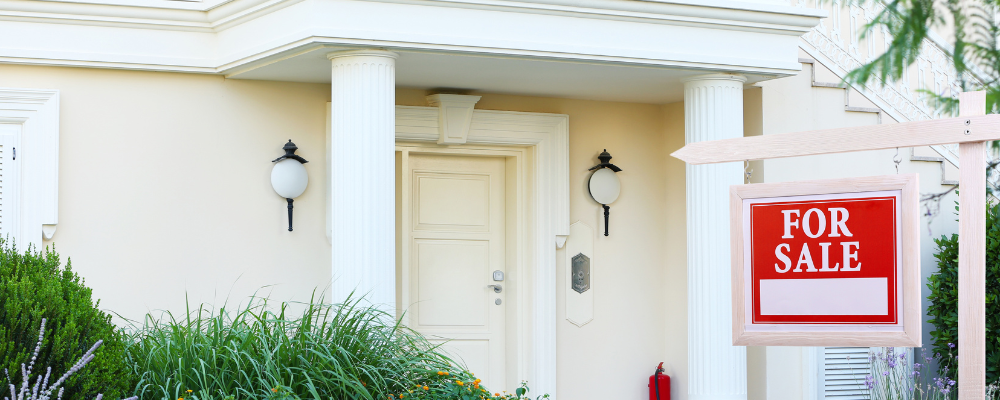
After Repair Value
The After-Repair Value (ARV) represents the estimated value of a property once the necessary repairs have been completed. This is usually estimated by doing a comparative analysis of the home sales in the area and factoring in the property’s condition and location. This figure is crucial for real estate investors as it helps them gauge the potential profitability of a property investment.
Fixed Costs
Fixed costs in real estate are regular costs that remain constant regardless of the usage of the property or its occupancy. Fixed costs are necessary for the property’s operation and to maintain its overall value. These include property taxes, insurance premiums, HOA fees, utilities, property management and more. Budgeting for these costs is essential to the financial sustainability of an investment property.
Rehab Costs
These are the costs of the repairs and renovations that need to be done to achieve a higher value. These costs are associated with the renovation projects that are being done by real estate investors, for example fix and flip projects, or improvements being done to increase rental income. Typical rehab costs include kitchen or bathroom remodels, structural repairs, electrical and plumbing upgrades, and replacement of appliances.
Target Profit
The target profit in real estate is the profit that a real estate investor is aiming to achieve from their investment property. Setting a target profit allows investors to establish clear financial goals, assess the feasibility of potential investments, and guide decision-making throughout the investment process. Target profit is often calculated as a percentage of the property’s ARV. Investors usually aim for a target profit of between 10% and 20% of the ARV.
MAO Example
Let’s take a look at a real-life example of how to use the Maximum Allowable Offer formula in real estate.
Let’s say that you’ve identified an investment property and determined the following:
- The After-Repair Value of the property, once you’ve completed the renovation, works out to $250,000.
- The estimated costs to complete the rehab project total $40,000.
- The fixed costs that are used to keep the property operational are $20,000.
- Your target profit is estimated at 20% of the final sale price, which around $50,000.
You can plug these numbers into the formula mentioned above to work out the MAO which would be:
- MAO = After Repair Value (ARV) – Fixed Costs – Rehab Costs – Target Profit
- MAO = $250,000 – $20,000 – $40,000 – $50,000
- MAO = $140,000
So, according to the MAO formula, the maximum amount you should offer for the property is $140,000 if you’d like to achieve your desired profit.
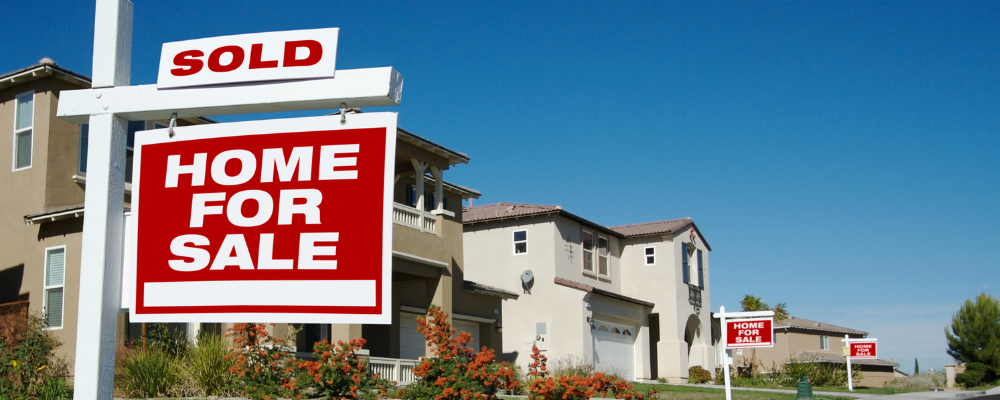
How Do You Estimate Fixed Costs?
Estimating fixed costs in real estate involves identifying the expenses that will be ongoing, in order to keep the property operational. These costs will directly impact the property’s overall profitability and are therefore essential to factor in.
As a general rule, investors work off the fact that fixed costs are usually between 3% and 6% of the purchase price. So, for a home that is purchased for $150,000, the fixed costs to keep the property running would be between $4,500 and $9,000.
To get a more accurate idea of the fixed costs associated with a property, you’ll need to compile a list of the expenses, research historical data on these costs (such as past utility bills), contact service providers for quotes, factor in annual increases and factor in the impact of vacancies or defaulting tenants on these.
How Do You Estimate Repair Costs?
To work out the repair costs on a property you can use the widely accepted averages, in relation to the property you have purchased and the size of the rehab project. According to HomeAdvisor, in June 2023 the average repair costs for these projects were anywhere between $17,000 and $80,000.
Getting a more accurate idea of the repair costs will entail doing a property inspection to identify the repairs and renovations that need to be done. Then creating a detailed scope for the project, which will outline all the improvements that are going to be made. The next step is to get quotes from reliable contractors and calculate the cost of labor and material. Remember to factor in a contingency fund, in case things don’t go according to plan, and use all of this information to estimate your repair costs.
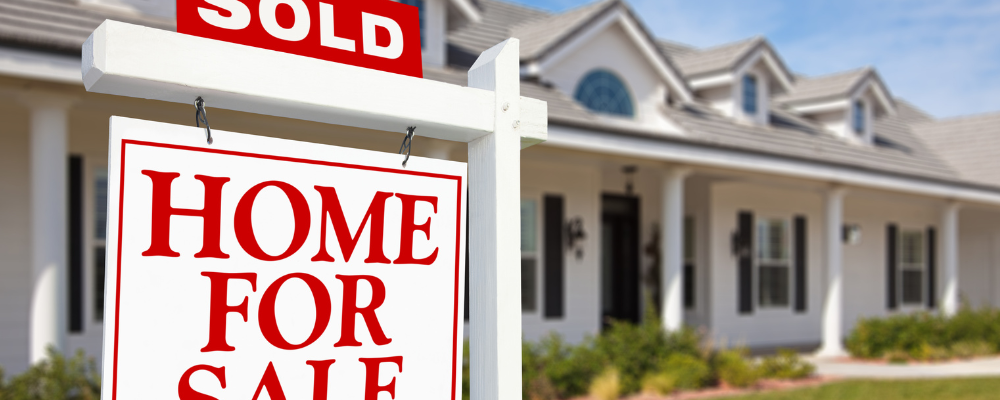
What Is A Realistic Profit Margin To Target?
The typical profit margin that real estate investors would target is between 10% and 20% of the property’s ARV. However, this hinges largely on the local real estate market conditions, the investment strategy being used, and the investor’s personal appetite for risk. The profit should ultimately be sufficient to compensate the investor for their financial investment and sweat equity put into the project.
Is MAO The Same As The 70% Rule?
While both the MAO real estate formula and the 70% rule are used by real estate investors to determine the maximum price offer for a property, they do not use the same formula. The 70% rule states that the maximum offer price will be 70% of the ARV minus the property’s repair costs.
Whereas the MAO real estate formula considers the ARV, repair costs, fixed costs and the profit margin. In a nutshell, the 70% rule provides a quick guideline for estimating the maximum offer, while the MAO formula provides a more nuanced approach that factors in the investor’s profit goals.
While the MAO doesn’t factor in closing costs directly, closing costs should be considered as part of the overall budget.
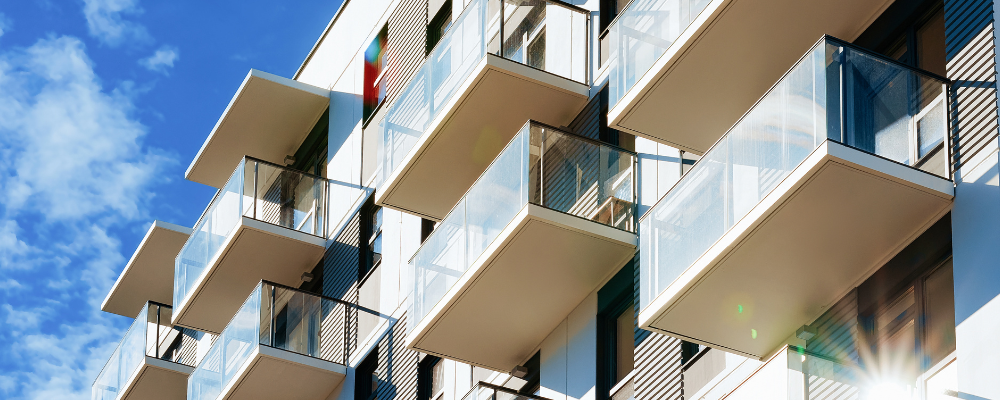
Who Uses The MAO Formula?
The Maximum Allowable Offer real estate formula is typically used by real estate investors who need to determine the maximum amount they should offer on a property. These include:
House Flippers
Real estate investors who buy homes, in order to renovate them and sell them again for a profit often use the MAO formula to make a quick decision on the maximum offer they should give on a property to flip. This formula allows house flippers to make fast decisions, while factoring in their target profit and accounting for the renovation expenses.
Wholesalers
Wholesalers, who specialize in finding off-market properties and assigning them to other investors for a fee, may also use the MAO formula to evaluate potential deals. Those who are doing real estate wholesaling can use the MAO formula to quickly determine the maximum offer that should be made on a property using the ARV and renovation costs, so that they can negotiate from a more informed place, without the need for a real estate agent.
Rental Property Investors
While the MAO formula is more commonly used by fix and flip investors, rental property investors can also benefit from this tool. The MAO real estate formula can be particularly useful for rental property investors who are evaluating distressed properties.
They may use the MAO formula as part of their initial investment assessment process to determine whether a distressed property is worth pursuing as a rental investment. Rental property investors can also use the MAO formula as a negotiation tool, for budgeting and as part of calculating their cash flow.
